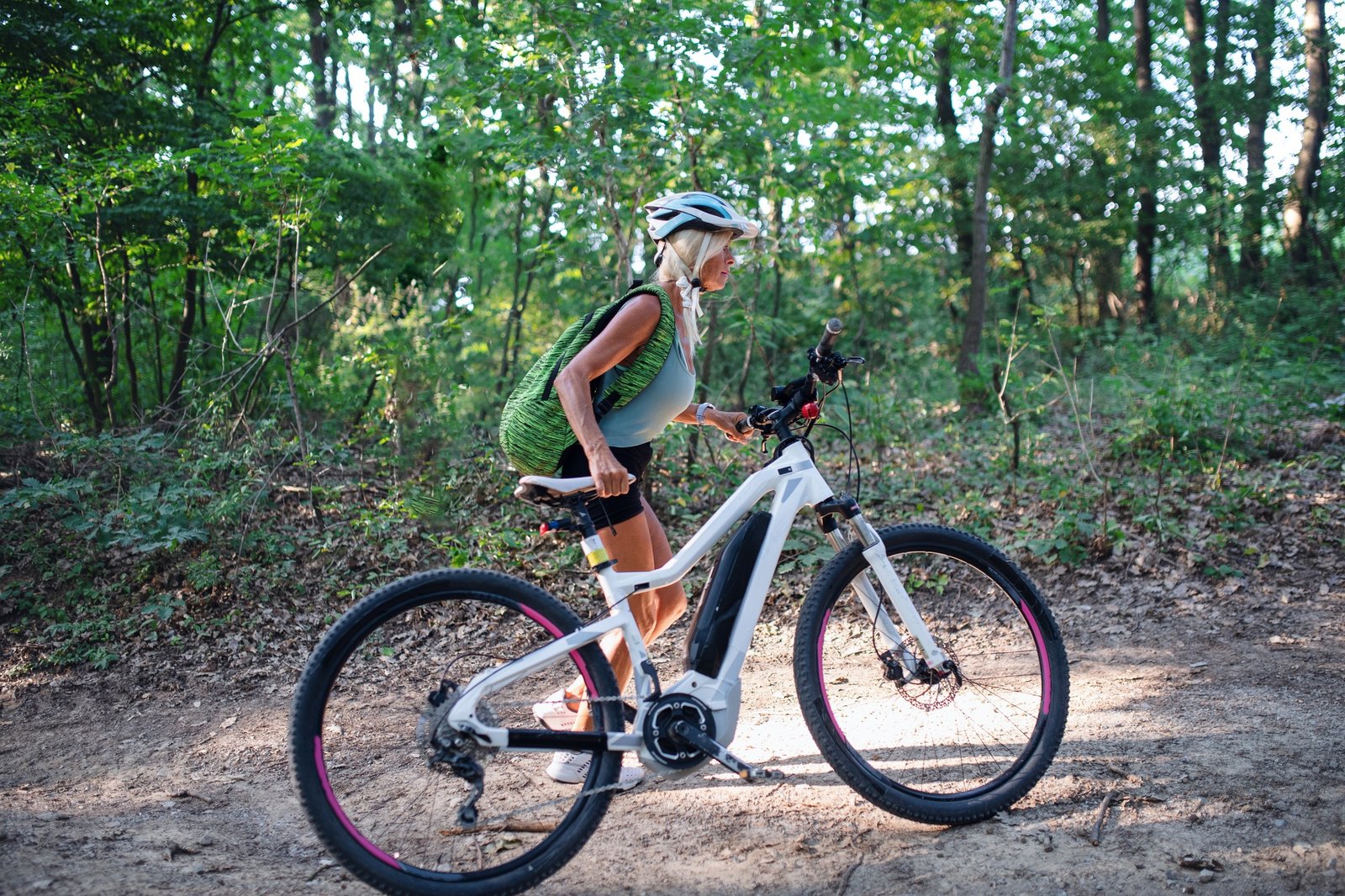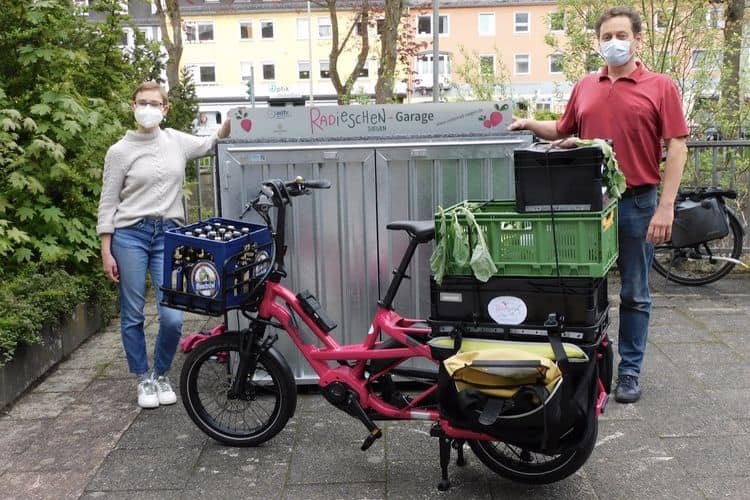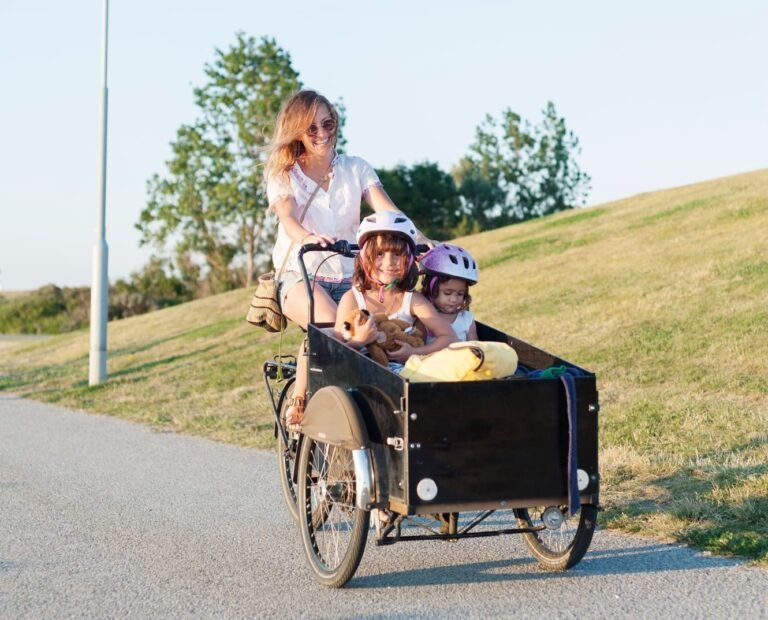A partir de julio de 2025, Suiza ha implantado oficialmente un nuevo marco normativo para las bicicletas eléctricas, que no sólo afecta a los usuarios y fabricantes locales, sino que también puede marcar la pauta para cambios normativos más amplios en toda Europa. ¿En qué se centra? Una nueva clase definida para bicicletas eléctricas de carga pesadas y la creciente presión sobre los legisladores europeos para que revisen normas obsoletas sobre la potencia de los motores y el peso de los vehículos.
Por qué son importantes las leyes suizas sobre bicicletas eléctricas
En comparación con muchos países de la UE, Suiza ocupa una posición única en el ecosistema de las bicicletas eléctricas. Su S-Pedelecs (pedelecs de velocidad)-las bicicletas eléctricas con pedaleo asistido de hasta 45 km/h- están muy extendidas en los desplazamientos diarios, y representan cerca de la mitad de la población mundial. 10% de todas las bicicletas eléctricas vendidas en el país. Esta tasa es la más alta de Europa y ha proporcionado a los reguladores suizos abundantes datos del mundo real para justificar una categorización más matizada.
En la legislación más reciente, las bicicletas eléctricas se clasifican ahora en tres categorías:
1. Ciclomotores eléctricos ligeros
- Potencia del motor: Máx. 500 W
- Velocidad de pedaleo asistido: Máx. 25 km/h
- Peso total: Hasta 250 kg (antes 200 kg)
- Requisitos: No se necesita carné de conducir para los usuarios mayores de 16 años (se necesita carné M a partir de los 14 años); sin matrícula; casco recomendado pero no obligatorio.
2. Ciclomotores eléctricos rápidos (S-Pedelecs)
- Potencia del motor: Máx. 1000 W
- Velocidad de pedaleo asistido: Hasta 45 km/h
- Velocidad máxima sin asistencia: 30 km/h
- Requisitos: Licencia M obligatoria, seguro, matrícula y casco.
3. Ciclomotores eléctricos pesados (Nuevo)
- Potencia del motor: Máx. 2000 W
- Velocidad máxima25 km/h con o sin pedaleo asistido
- Peso total autorizado: Entre 250-450 kg
- Requisitos: Se requiere licencia M, placa de matrícula, casco y seguro.
Esta tercera categoría se diseñó específicamente con bicicletas de carga vehículos que se utilizan cada vez más para el reparto urbano, el transporte de niños e incluso los servicios municipales.
Normas de seguridad infantil más estrictas para las bicicletas de carga
La normativa suiza también actualiza las normas sobre el transporte de niños en bicicletas de carga. Mientras que antes las normas eran vagas, la nueva ley permite transportar a hasta cuatro niños, siempre que cada asiento:
- Está designado asiento de seguridad infantil, y
- Está equipado con un cinturón de seguridad.
Esta medida refuerza la posición de Suiza en el transporte urbano familiar y de bajas emisiones, al tiempo que adapta las normas de seguridad a los crecientes escenarios de uso.
Nuevas normas de señalización vial: ¿Bicicletas eléctricas = vehículos a motor?
Otra actualización notable se refiere a señales de tráfico y derechos de circulación:
- El tradicional "Cartel "Bicicleta ahora se aplica a todas las subcategorías de transporte personal motorizado: bicicletas eléctricas lentas y rápidas, patinetes eléctricos, etc.
- El "Cartel "Bicicleta motorizada sigue cubriendo los S-Pedelecs, los ciclomotores de gasolina y los nuevos ciclomotores eléctricos pesados. Cualquier carretera que prohíba las bicicletas motorizadas también las prohíbe, aunque el motor esté apagado.
Los municipios suizos están ahora facultados para excluir las bicicletas eléctricas pesadas o rápidas de las vías ciclistas estrechas o zonas de prioridad peatonal, en función de las condiciones de seguridad locales.
Europa vigila: la presión por actualizar las normas de las bicicletas eléctricas
La ley suiza ha repercutido en toda la UE, sobre todo porque El ZIV alemán (Zweirad-Industrie-Verband) presiona para que se actualicen en toda Europa las anticuadas definiciones de las bicicletas eléctricas. Según la legislación actual de la UE, las e-bikes se limitan a:
- 250 W de potencia continua del motor, y
- Desconexión de la asistencia al pedaleo a 25 km/h.
Sin embargo, los críticos afirman que esta norma ya no refleja el rendimiento de las bicicletas eléctricas modernas ni los casos de uso en el mundo real, especialmente en el caso de las bicicletas eléctricas. bicicletas de carga utilizados en la entrega o la logística.
Cambios propuestos a debate:
- Aumento de los límites de potencia: ZIV propone pasar de 250 W continuos a 750 W de potencia de picoDe este modo, los fabricantes tendrían más flexibilidad y mejorarían el rendimiento en pendientes o bajo carga. Esto daría a los fabricantes una mayor flexibilidad, al tiempo que mejoraría el rendimiento en pendientes o bajo carga.
- Tapones de peso para bicicletas de carga: También hay una propuesta para establecer límites de peso en:
- 250 kg para bicicletas eléctricas de carga de dos ruedas, y
- 300 kg para bicicletas eléctricas de carga de varias ruedas. Cualquier vehículo más allá de eso requeriría un nuevo marco regulador (referencia ES 17860-4:2025 proyecto de norma). Los críticos advierten de que las bicicletas de carga demasiado grandes se parecen cada vez más a las mini furgonetas de reparto y no deben circular por los carriles bici normales.
- Métricas de rendimiento más realistas: Algunas propuestas también pretenden limitar la potencia de salida en función de una relación con la aportación humana-por ejemplo, potencia asistida de 400% a 600%, en lugar de un tope de potencia plano.
⚖️ Debate en el sector: innovación frente a regulación
Aunque algunos reguladores lo consideran una actualización necesaria, no todos están de acuerdo:
- LEVA-UEuna asociación europea de vehículos eléctricos ligeros, ha advertido de que unas normas más estrictas podrían bloque Fabricantes asiáticosreducir la innovación y hacer menos accesible la movilidad eléctrica urbana.
- Investigadores y urbanistas abogan por una regulación basada en comportamiento de uso en el mundo realno sólo las especificaciones de laboratorio, como la potencia o la velocidad.
- RLVDla asociación alemana de logística ciclista, se opone rotundamente a la eliminación de las bicicletas de carga de menos de 300 kg de la categoría de bicicletas, argumentando que esto podría socavan la logística de última milla y los objetivos de movilidad verde.
🧭 Mirando al futuro: ¿Qué sigue para la política europea en materia de bicicletas eléctricas?
La UE aún no se ha comprometido oficialmente a adoptar una nueva legislación sobre bicicletas eléctricas, pero la la participación pública de organismos profesionales influyentes como ZIV y la creciente adopción de bicicletas eléctricas de carga en ciudades como Berlín, Ámsterdam y París sugieren que la reforma no sólo es probable, sino necesaria.
Suiza ha dado el primer paso formal, pero Alemania y otros países le siguen de cerca. Los próximos meses determinarán si Europa adopta un enfoque más basado en el rendimiento, categoría diversa, y favorable a la innovación para las bicicletas eléctricas, o sigue sujeto a normas de hace décadas escritas para máquinas más sencillas.
🔚 Reflexiones finales
El paso de las bicicletas tradicionales a las eléctricas y de carga es una de las mayores transformaciones de la movilidad urbana moderna. La nueva legislación suiza refleja esta evolución, y Europa se enfrenta ahora a una decisión crítica: adaptar su marco para apoyar el futuro del transporte sostenible, o correr el riesgo de estancar el progreso bajo unos límites obsoletos.
En Regen estaremos muy atentos a estos cambios, no sólo para cumplir la normativa, sino también para prestar un mejor servicio a nuestros clientes de toda Europa con bicicletas de carga punteras y preparadas para la normativa.







